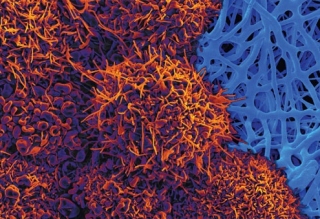Among the “Best National Universities” ranking, which includes both public and private institutions, UCSB placed number 37. Within the University of California system, only UC Berkeley and UCLA ranked above UCSB. Other UC campuses in the Top 30 include Irvine, Davis and San Diego.
Contact
- Voice: (805) 893-5320
Address
Neuroscience Research Institute
University of California, Santa Barbara
Santa Barbara, CA 93106-9610





